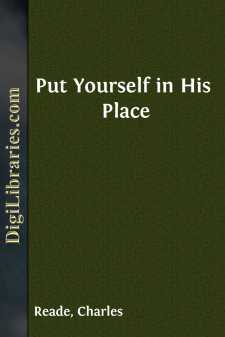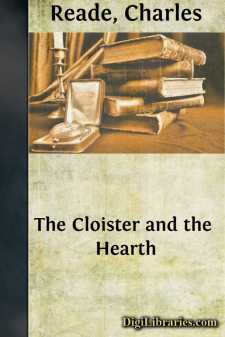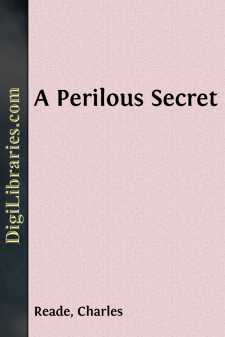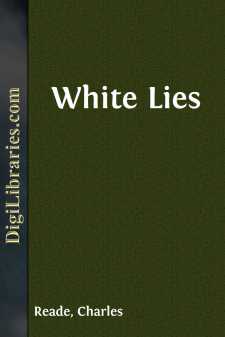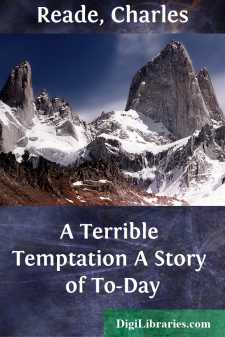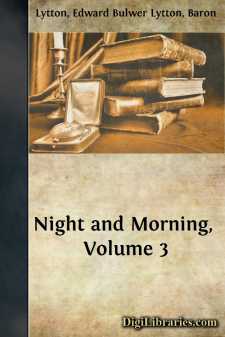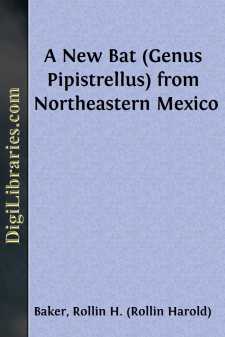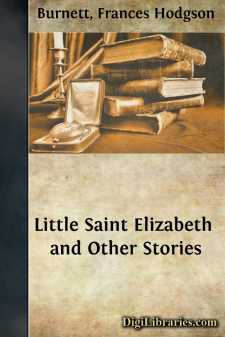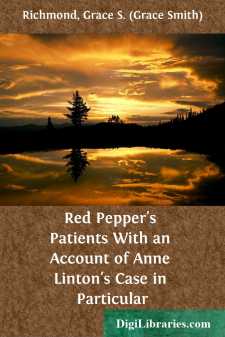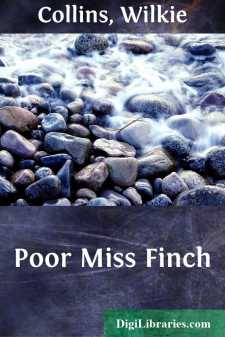Categories
- Antiques & Collectibles 13
- Architecture 36
- Art 48
- Bibles 22
- Biography & Autobiography 813
- Body, Mind & Spirit 138
- Business & Economics 28
- Children's Books 12
- Children's Fiction 9
- Computers 4
- Cooking 94
- Crafts & Hobbies 4
- Drama 346
- Education 46
- Family & Relationships 57
- Fiction 11821
- Games 19
- Gardening 17
- Health & Fitness 34
- History 1377
- House & Home 1
- Humor 147
- Juvenile Fiction 1873
- Juvenile Nonfiction 202
- Language Arts & Disciplines 88
- Law 16
- Literary Collections 686
- Literary Criticism 179
- Mathematics 13
- Medical 41
- Music 40
- Nature 179
- Non-Classifiable 1768
- Performing Arts 7
- Periodicals 1453
- Philosophy 64
- Photography 2
- Poetry 896
- Political Science 203
- Psychology 42
- Reference 154
- Religion 505
- Science 126
- Self-Help 81
- Social Science 81
- Sports & Recreation 34
- Study Aids 3
- Technology & Engineering 59
- Transportation 23
- Travel 463
- True Crime 29
Put Yourself in His Place
by: Charles Reade
Categories:
Description:
Excerpt
CHAPTER I.
Hillsborough and its outlying suburbs make bricks by the million, spin and weave both wool and cotton, forge in steel from the finest needle up to a ship's armor, and so add considerably to the kingdom's wealth.
But industry so vast, working by steam on a limited space, has been fatal to beauty: Hillsborough, though built on one of the loveliest sites in England, is perhaps the most hideous town in creation. All ups and down and back slums. Not one of its wriggling, broken-backed streets has handsome shops in an unbroken row. Houses seem to have battled in the air, and stuck wherever they tumbled down dead out of the melee. But worst of all, the city is pockmarked with public-houses, and bristles with high round chimneys. These are not confined to a locality, but stuck all over the place like cloves in an orange. They defy the law, and belch forth massy volumes of black smoke, that hang like acres of crape over the place, and veil the sun and the blue sky even in the brightest day. But in a fog—why, the air of Hillsborough looks a thing to plow, if you want a dirty job.
More than one crystal stream runs sparkling down the valleys, and enters the town; but they soon get defiled, and creep through it heavily charged with dyes, clogged with putridity, and bubbling with poisonous gases, till at last they turn to mere ink, stink, and malaria, and people the churchyards as they crawl.
This infernal city, whose water is blacking, and whose air is coal, lies in a basin of delight and beauty: noble slopes, broad valleys, watered by rivers and brooks of singular beauty, and fringed by fair woods in places; and, eastward, the hills rise into mountains, and amongst them towers Cairnhope, striped with silver rills, and violet in the setting sun.
Cairnhope is a forked mountain, with a bosom of purple heather and a craggy head. Between its forks stood, at the period of my story, a great curiosity; which merits description on its own account, and also as the scene of curious incidents to come.
It was a deserted church. The walls were pierced with arrow-slits, through which the original worshipers had sent many a deadly shaft in defense of their women and cattle, collected within the sacred edifice at the first news of marauders coming.
Built up among the heathery hills in times of war and trouble, it had outlived its uses. Its people had long ago gone down into the fruitful valley, and raised another church in their midst, and left this old house of God alone, and silent as the tombs of their forefathers that lay around it.
It was no ruin, though on the road to decay. One of the side walls was much lower than the other, and the roof had two great waves, and was heavily clothed, in natural patterns, with velvet moss, and sprinkled all over with bright amber lichen: a few tiles had slipped off in two places, and showed the rafters brown with time and weather: but the structure was solid and sound; the fallen tiles lay undisturbed beneath the eaves; not a brick, not a beam, not a gravestone had been stolen, not even to build the new church: of the diamond panes full half remained; the stone font was still in its place, with its Gothic cover, richly carved; and four brasses reposed in the chancel, one of them loose in its bed....


